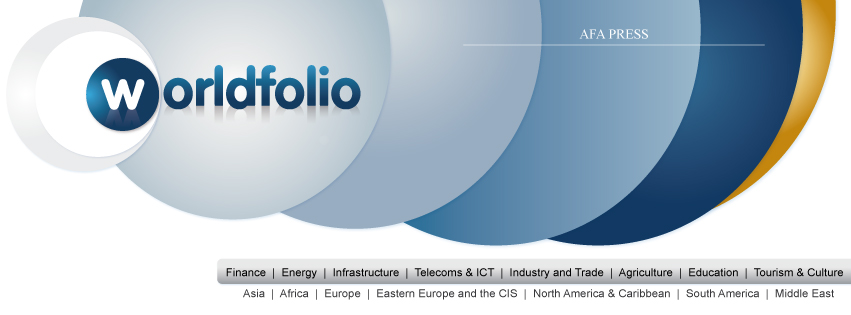 What can you find in Kurdistan Region? Who are the main economic decision makers in the area? Which are their main industries and growth prospectus? These questions, and many others, have been answered by Upper Reach (AFA Press partner agency) in a special report on Kurdistan Region published in The Times on Tuesday, January 15, 2013. The agency had a team on-site for a considerable period, enough to understand the key factors and forces in the region, thanks to their investigations and interviews with some of the most powerful characters on the economic area of the country. All these pieces of information can also be read at Wordfolio.
What can you find in Kurdistan Region? Who are the main economic decision makers in the area? Which are their main industries and growth prospectus? These questions, and many others, have been answered by Upper Reach (AFA Press partner agency) in a special report on Kurdistan Region published in The Times on Tuesday, January 15, 2013. The agency had a team on-site for a considerable period, enough to understand the key factors and forces in the region, thanks to their investigations and interviews with some of the most powerful characters on the economic area of the country. All these pieces of information can also be read at Wordfolio.Now-a-days the main propeller of the region’s economy is Oil. Keeping oil as a key sector, the aim in the area is to diversify, in order not to depend so much on oil and generate a balanced development. As a matter of fact, the Government’s Regional Development Strategy for the 2012-2016 period is focused on developing housing construction, agriculture and tourism. On the same hand, this plan expects to generate an 8% annual average GDP growth. This prospectus follows the path already taken by Kurdistan, region that enjoyed a 12% (expected) growth during 2012.
Data shows the change is already taking place. For example, 20.6% of Kurdistan’s GDP is represented by housing and real estate. On the same hand, 19.3% is covered by tourism, while trade represents 14.5% and agriculture reaches 6.8%. These figures have been delivered by the Kurdistan Board of Investment.

